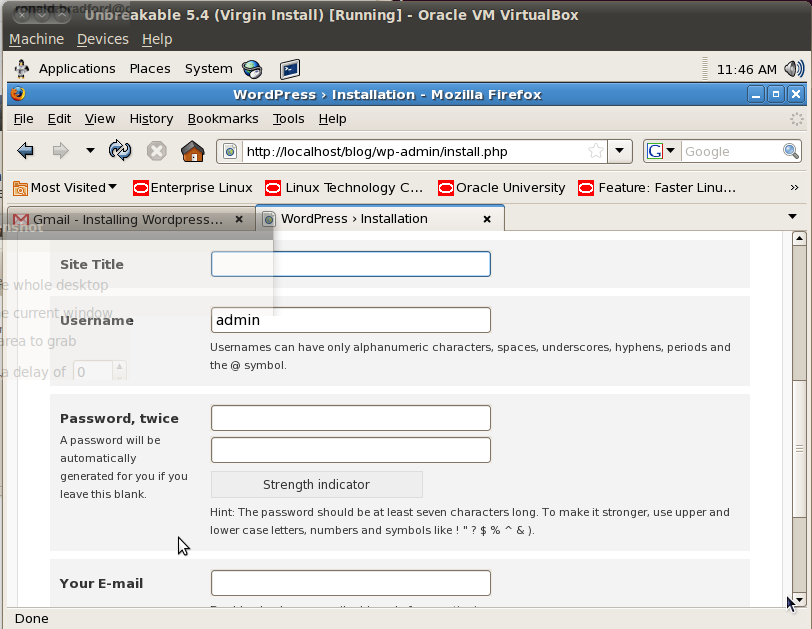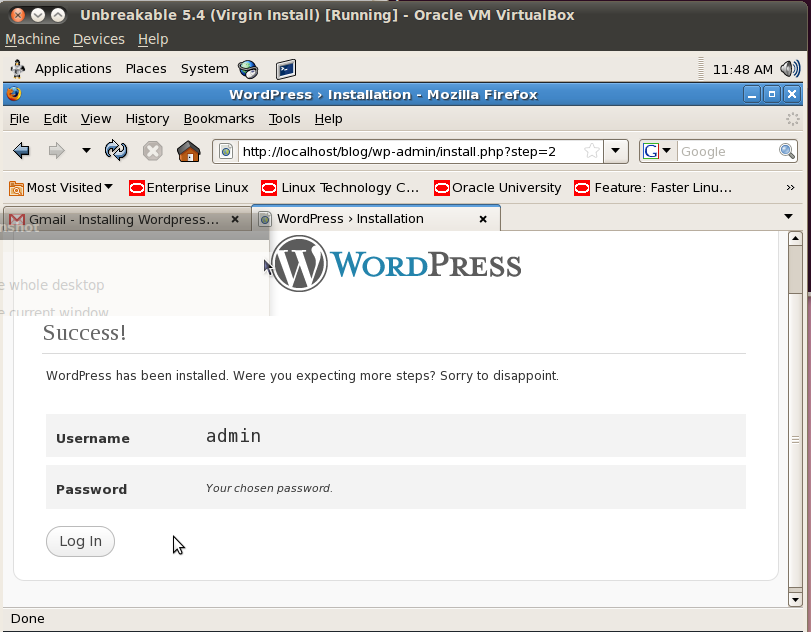The IOUG Online Education Series: Get Real with Upgrades will include next week 3 different MySQL webinars. These are:
- MySQL 5.1: Why and How to Upgrade by Sheeri Cabral on Tuesday, July 27, 12:00 p.m. – 1:00 p.m. CT
- MySQL Upgrades With No Downtime by Sean Hull on Wednesday, July 28, 12:00 p.m. – 1:00 p.m. CT
- MySQL Upgrade Best Practices by Matt Yonkovit on Thursday, July 29, 12:00 p.m. – 1:00 p.m. CT
Each speaker will be covering different areas and reasons for considering and implementing a successful MySQL Upgrade.






